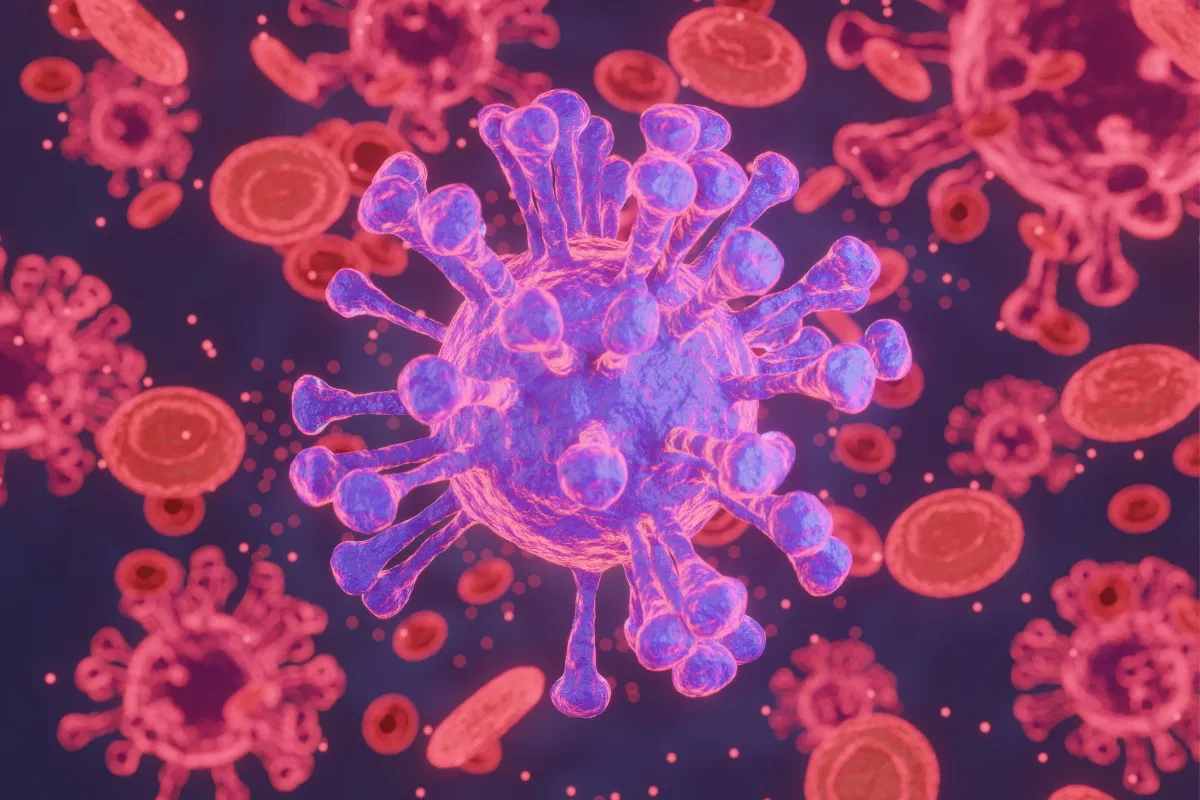By Tarek Salame
You probably never heard of Sukunaarchaeum mirabile. To be fair, most people haven’t; it doesn’t glow, it doesn’t move, and it won’t win any beauty contest. Still, it’s weird enough to make biologists stop and ask: what actually counts as “living”?. This was discovered clinging to a host cell in the deep-sea sediments of Japan, called mirabile. It hijacks the little machines that most life forms use to make proteins—turning its host into a kind of unpaid intern.
We will explore why this parasite challenges our entire definition of life, how it fits into the world of archaea, and what this discovery might mean for the future of evolutionary science.
So, what exactly is this thing?
First off, the name: Sukunarschaearcheum mirabile. Sounds made up. Like someone sneezed on a lab form.
These newly discovered microbes live in deep-sea mud near Japan.
It belongs to the archaea group—a strange, ancient family of life forms
You’ll find them bubbling in acid pools, soaking in salt lakes, even lurking near underwater volcanoes.
S. mirabile, though, breaks the mould. It’s ridiculously tiny—its full genome is barely half that of your average archae. What’s weirder? It’s missing the usual survival kit—no genes for energy, no blueprint for cell walls. So the obvious question: how is this thing even alive?
Here’s the kicker—it doesn’t tick the usual boxes for being “alive.”It crashes inside another cell and mooches off everything—food, energy, even protection like a flatmate who eats your lunch and still takes over the TV.
But unlike viruses, which don’t make any of their own parts, S. mirabile can build its own ribosomes. And that’s what makes it so confusing because it’s neither a proper cell nor a textbook virus. It’s somewhere in the murky middle, refusing to pick a side.
That’s where it gets strange. It’s not fully alive, not entirely dead, and somehow still runs its own ribosomes. It pushes science into philosophical territory. If something can’t survive alone, does that make it any less alive? What if most of the life in the universe looks like this — partial, parasitic, impossible to define?
Why this changes the story of evolution
S. mirabile feels like a weird little footnote—hidden in ocean sludge, barely visible. For years, we’ve pictured evolution as a ladder: up, forward, more advanced. But what if that’s not always the case? Simple life becomes more complex. The cells get bigger. DNA get smart. And eventually, they will evolve from Pond slime to people. However, this discovery upends that logic.
Instead of climbing upwards, S. mirabile is doing the opposite of shrinking down. Scientists are calling it reductive evolution, like a swapping Swiss army knife for a single form, because someone else always brings the rest of the tools.
This suggests that evolution is not always about getting stronger and smarter. Sometimes, it’s about simplifying complexity to survive more efficiently. And this isn’t just a one-off—similar patterns have emerged in other microbes.
But none of them were relatively this extreme. In other words, the S. mirabile isn’t just a scientific oddity; it’s a breadcrumb on the trail that leads all the way back to the origin of life.
A revolutionary
This won’t cure diseases or fuel spaceships; it’s just a tiny, strange passenger that lives in the mud, and it’s too complex to ignore. It’s literally blurring the line between virus and life. This little parasite forces us to reexamine the rules we once thought were settled.
What counts as living, in terms of how evolution works and how life is, is either a fixed category or a spectrum; we’re still learning how to see. That’s the real story here: the universe isn’t built for our definitions.
Life doesn’t always play by our labels, and every now and then, something in the mud reminds us that the world is even stranger and more alive than we thought.
